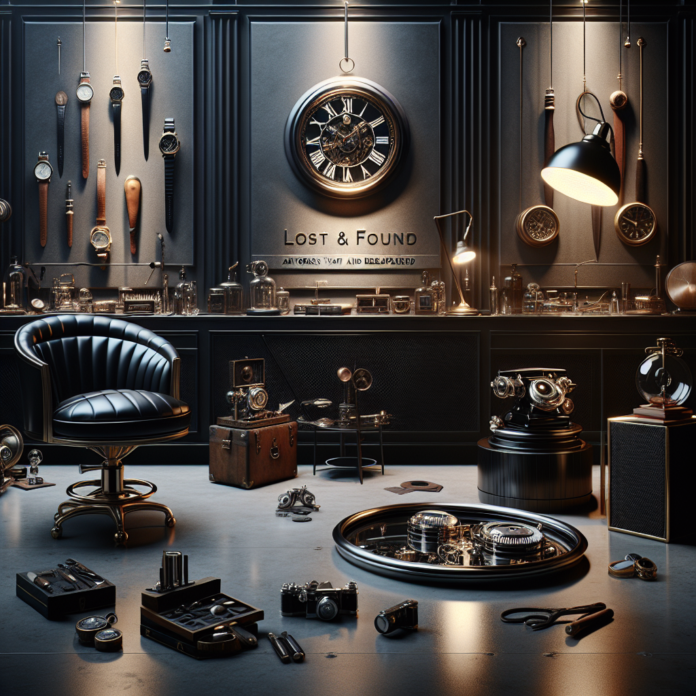
The Intriguing Stories of Missing Masterpieces
The world of art is not just about creation but also about the mysteries that some masterpieces hold, especially those that have disappeared and miraculously reappeared. These artworks tell tales not just through their brushstrokes and colors but through their journeys across time and ownership, surviving wars, thefts, and obscurity.
- Art Theft and Dramatic Recoveries
- Iconic Cases of Lost and Found Artworks
- Techniques and Technologies in Art Recovery
- Cultural Impact of Recovered Artworks
- Future Prospects in Art Recovery
Art Theft and Dramatic Recoveries
Art theft is as old as art itself. From the looting of antiquities in ancient times to high-profile heists in modern museums, the disappearance of artworks often captures public imagination. However, the recovery of these treasures is equally fascinating, involving meticulous detective work, international cooperation, and sometimes sheer luck.
High-Profile Art Recoveries
One of the most famous recoveries is that of Leonardo da Vinci’s Mona Lisa, stolen from the Louvre in 1911. It was later found in 1913 in a Florence hotel room, recovered by an Italian patriot who believed the masterpiece should return to Italy. This incident not only made the painting more famous but also highlighted the vulnerabilities of even the most secure galleries.
Iconic Cases of Lost and Found Artworks
Throughout history, numerous masterpieces have vanished under mysterious circumstances only to reappear in equally mysterious ways. Each case brings its own story, adding layers to the artwork’s historical and cultural significance.
The Return of the Van Eycks
The Ghent Altarpiece, a polyptych by Hubert and Jan van Eyck, is one of the most influential paintings in Western art and has a history of theft. During World War II, it was taken by the Nazis, only to be recovered by the Monuments Men, a group dedicated to saving cultural artifacts during conflicts.
Techniques and Technologies in Art Recovery
The recovery of lost artworks often relies on a blend of old-fashioned detective work and cutting-edge technology. From database tracking systems to forensic analysis, the methods used to track down lost art are as varied as the artworks themselves.
Forensic and Digital Innovations
Technologies such as infrared imaging and digital aging software help experts authenticate and identify lost artworks. Organizations like the Art Loss Register maintain extensive databases of stolen and lost art, aiding in their recovery by providing crucial information to law enforcement and private collectors.
Cultural Impact of Recovered Artworks
When lost artworks are recovered, they often bring with them stories that resonate across societies, highlighting issues of cultural heritage, national identity, and the ethics of art ownership.
Repercussions and Celebrations
The recovery of artworks often leads to national celebrations. For instance, when Gustav Klimt’s Portrait of Adele Bloch-Bauer I was returned to its rightful heirs after being stolen by Nazis, it not only celebrated justice but also sparked discussions on art restitution worldwide.
Future Prospects in Art Recovery
The future of art recovery looks promising with advancements in technology and increased international cooperation. However, as the methods of art thieves grow more sophisticated, so must the techniques to combat them.
Enhancing Global Cooperation
Initiatives like INTERPOL’s Stolen Works of Art database and UNESCO’s Unite4Heritage campaign are examples of how global cooperation can lead to successful recoveries. These efforts not only recover lost treasures but also help preserve cultural heritage for future generations.
For further reading on the fascinating world of art recovery, explore resources from institutions like the Metropolitan Museum of Art and specialized publications such as The Art Newspaper.
